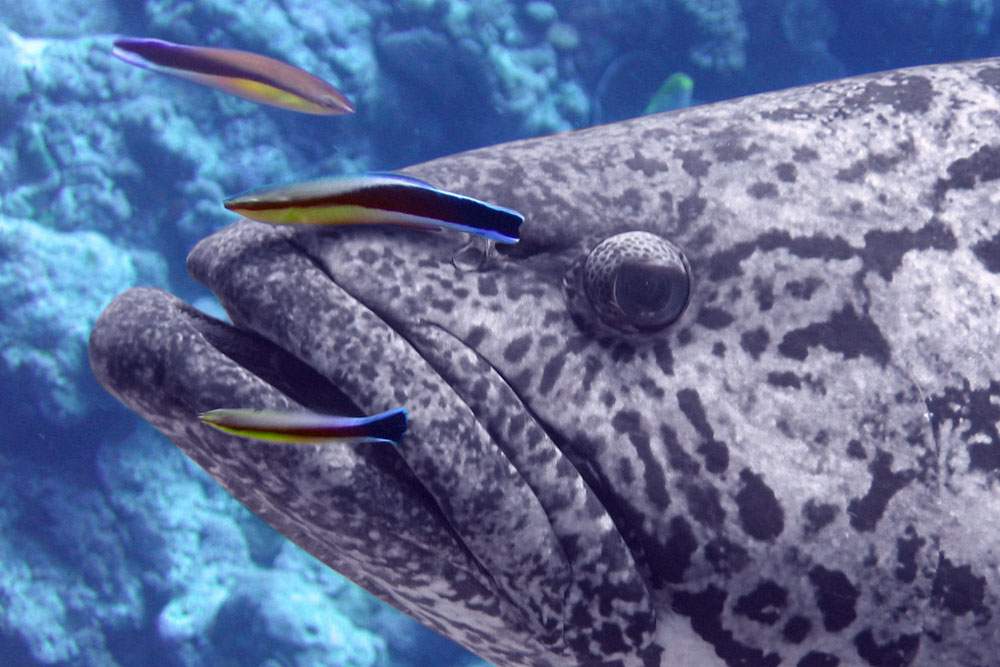
When you get dirty, you take a bath, but what happens when a fish gets dirty? The fish visits what is called a cleaner fish.
Cleaner fish are small fish that remove scales, mucus, and parasites such as sea lice from the surface of other fish, which scientists refer to as clients. For years, scientists have been trying to figure out the nature of the relationship between cleaner fish and their clients.
Do regular cleanings help clients live longer, healthier, happier lives, or are the cleaner fish just using the clients to get a free meal? Because client fish species have a life span of several years, scientists would need to do long-term studies to find out conclusively if, for example, fish that pay regular visits to the cleaners live longer than fish that don't.
Still, scientists have observed some pretty fishy behavior that may indicate that client fish value their cleanings. For one thing, fish that want to be cleaned take on what is called an invitation pose. This lets the cleaner fish know the clients are ready for their appointment. Some days, in fact, there are so many fish that want to be cleaned that they have to wait in line. Moreover, some fish spend up to thirty minutes a day being cleaned. That's a lot of time considering they also have to worry about feeding, courting and mating. Finally, fish that have more parasites tend to visit the cleaner fish more frequently than those who don't.
Even without conclusive scientific data, as part of the move away from using chemicals, some fish-farm managers have been using cleaner fish in their sea pens for keeping their fish lice free.









